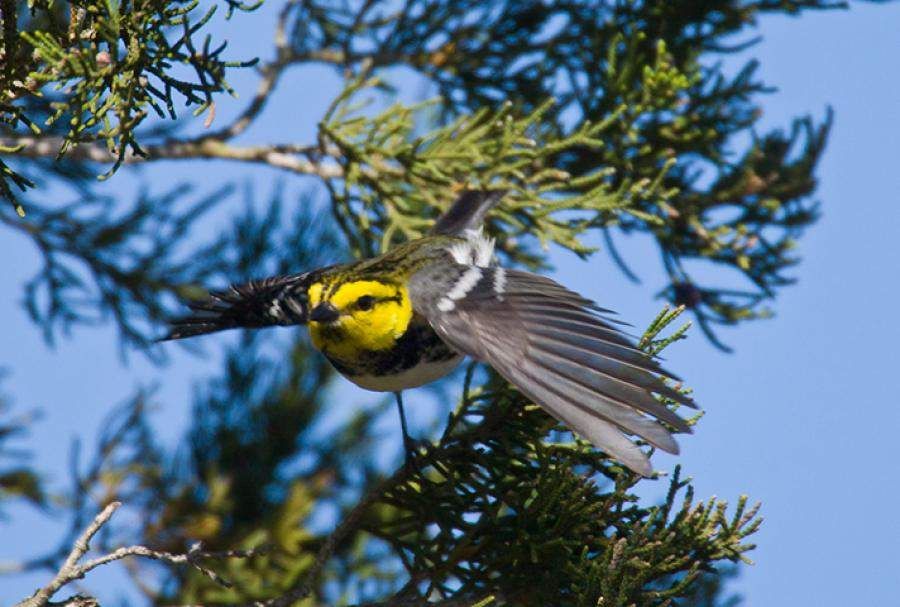It’s true that the Rainforest Alliance works on a dizzying array of issues—from protecting biodiversity and combating climate change to boosting economic opportunities for those who work the land. But how could we do anything less, knowing that the well-being of all life on the planet is interconnected?
Naturally, that means we work to protect habitat for endangered wildlife, and we’re proud to share some of our ongoing efforts and successes. In Gabon, for example, a recent independent study found healthy populations of critically endangered gorillas and chimpanzees on sustainably managed forestland, including many Rainforest Alliance/FSC certified concessions. In Guatemala’s Petén region, we work with local communities to develop sustainable forestry businesses that leave the habitats of jaguars intact. On the island of Sumatra, where lush native rainforest has been razed to make way for palm oil plantations, the orangutan population has plummeted to fewer than 7,000 individuals—which is why we’ve begun to work in sustainable palm oil certification.
The five animals featured here represent only a tiny fraction of those threatened by what scientists are calling the earth’s sixth mass extinction. Ensuring the survival of these magical—and vital—creatures is a daunting challenge that will require each of us to do our part, to be sure. There are many ways to get involved, but one simple, first step anyone can take is to choose certified sustainable products.
Jaguars

The Petén region of Guatemala is a population stronghold for jaguars, the only big cat species found in the Americas. To help conserve this important habitat, the Rainforest Alliance is working with local communities to develop sustainable forest enterprises and mitigate climate change. We’ve also trained educators in the area to teach children about the importance of conservation.
Sumatran tigers

Rainforest Alliance certification requirements for shade cover and diverse native tree species help conserve the buffer zones surrounding Indonesia’s Bukit Barisan Selatan National Park, a World Heritage Site and refuge for Sumatran tigers. Farmers who learn Rainforest Alliance methods of sustainable land management—including pruning, nourishing the soil and rejuvenating plants—often see increased productivity and income, gains that reduce economic pressure to encroach on park boundaries.
Mountain gorillas

For the critically endangered western lowland gorillas of Gabon, sustainable forest management can mean the difference between life and death. The Rainforest Alliance works with forestry companies in the region to conserve millions of acres of forestland in the region through FSC certification. A recent World Wildlife Fund study found “healthy populations” of critically endangered gorillas and chimpanzees on FSC certified logging concessions in the Congo Basin.
Golden-cheeked warblers

Many Neotropical migratory bird species are threatened by the loss of habitats along their transnational journeys. Rainforest Alliance Certified™ farms and forests provide critically important habitat for Neotropical migratory birds, including this endangered golden-cheeked warbler.
Orangutans

Sumatran orangutans live up in the trees, climbing from branch to branch and foraging for fruit and insects. They are found only on the island of Sumatra, where illegal logging and conversion of forestland to palm oil plantations have caused this critically endangered population to plummet to an estimated 6,600 individuals. The survival of the orangutan rests on forest conservation and sustainable production, which makes the Rainforest Alliance’s work in palm oil certification and carbon sequestration in Indonesia vitally important.
